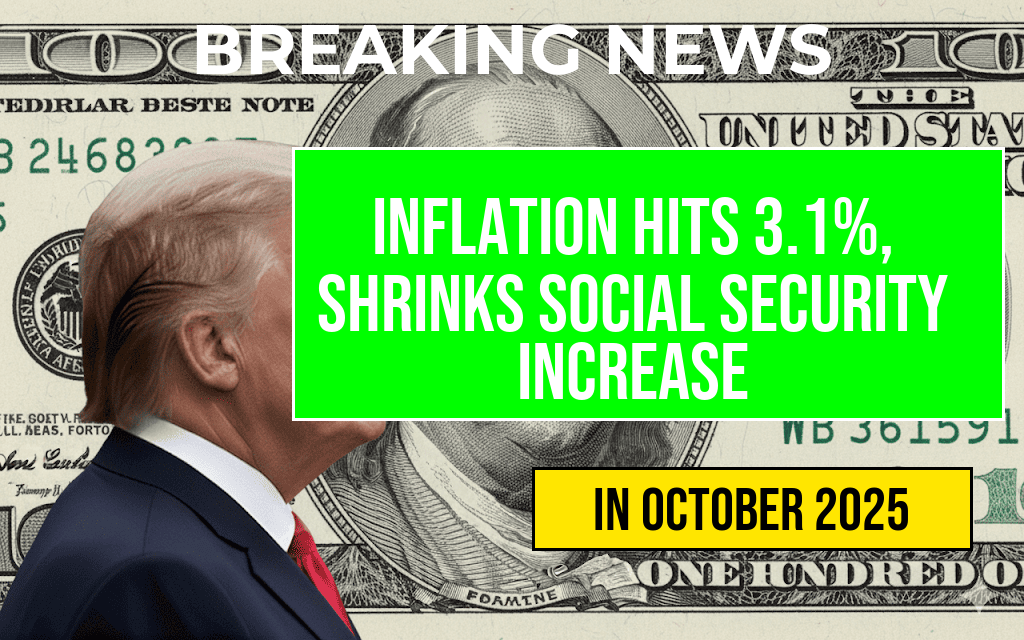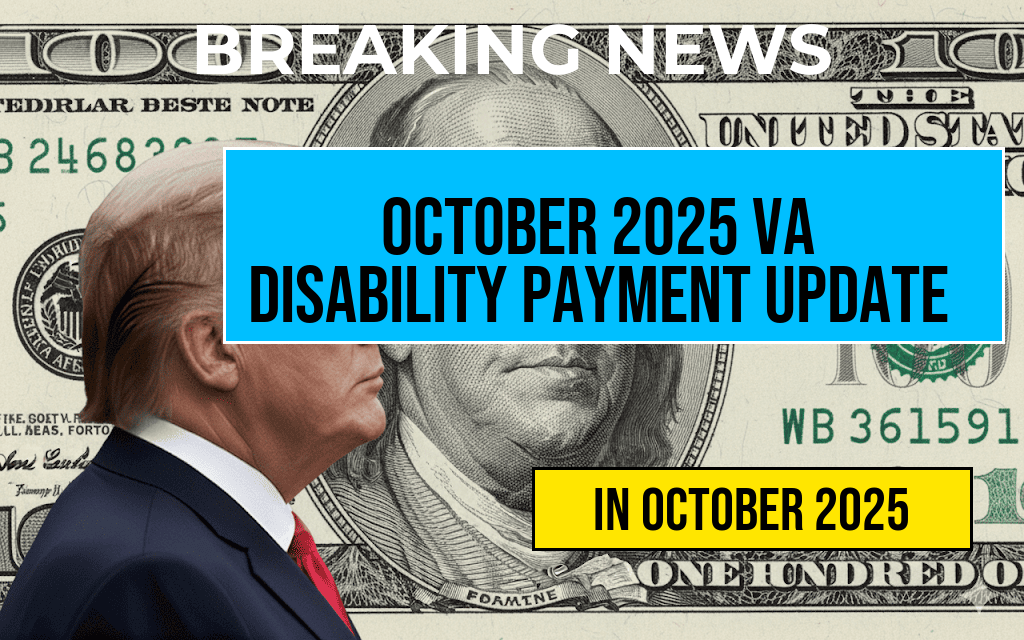Inflation has surged to 3.1% in the latest core Consumer Price Index (CPI) report, creating a significant impact on American households already grappling with rising living costs. This increase in inflation comes at a time when Social Security recipients were promised a $49 increase in their monthly benefits, a figure that now feels diminished as the purchasing power of these benefits declines. The core CPI, which excludes volatile food and energy prices, emphasizes the ongoing inflationary pressures affecting the economy. Economists and financial analysts are sounding alarms as this uptick in inflation could complicate financial planning for retirees and low-income families who depend heavily on Social Security income.
Understanding the Inflation Dynamics
The core CPI is a critical indicator used to gauge inflation trends, providing insights into the price changes of goods and services excluding food and energy. The rise to 3.1% marks a notable increase from previous months, reflecting heightened costs in sectors such as housing, healthcare, and transportation. This situation raises concerns about the sustainability of economic recovery as consumer spending power continues to wane.
Key Contributors to Rising Inflation
- Housing Costs: Rent and home prices have seen substantial increases, driven by limited supply and strong demand.
- Healthcare Expenses: A surge in medical costs, including insurance premiums and out-of-pocket expenses, has further strained budgets.
- Transportation: Increased prices for vehicle maintenance, fuel, and public transportation have also contributed to the overall inflation rate.
The Impact on Social Security Benefits
The $49 increase in Social Security benefits, which was intended to help seniors cope with rising costs, now feels less adequate in light of the inflation surge. According to the Social Security Administration, this adjustment was based on the previous year’s inflation rates, which were lower than current levels. As a result, many beneficiaries may find their monthly checks insufficient to cover basic living expenses.
Real-World Implications for Seniors
Seniors often spend a larger portion of their income on necessities such as food, healthcare, and housing. As these costs rise, the effectiveness of the Social Security increase diminishes. For many, this means tougher financial decisions and potential cutbacks on essentials. A survey by the AARP revealed that a significant percentage of older adults are already struggling to afford basic needs, and the latest inflation figures exacerbate these challenges.
Government Response and Future Outlook
The Biden administration has acknowledged the challenges posed by rising inflation and is exploring measures to mitigate its effects on vulnerable populations. Some proposals include adjustments to tax policies and increased funding for social programs aimed at assisting low-income households. However, the effectiveness of these measures remains to be seen, as policymakers grapple with balancing inflation control and economic growth.
Expert Opinions on Inflation Trends
Economists are divided on the future trajectory of inflation. Some argue that the current spike is a temporary phenomenon driven by supply chain disruptions and pent-up demand post-pandemic. Others caution that persistent inflation could become the new normal, particularly if wage growth does not keep pace with rising prices. The Federal Reserve’s response will be pivotal in shaping the economic landscape, with potential interest rate adjustments on the horizon.
What Can Consumers Do?
For consumers, especially retirees, adapting to rising inflation requires strategic financial planning. Here are some practical tips:
- Budgeting: Regularly review and adjust budgets to reflect changing expenses.
- Investing Wisely: Consider inflation-protected investments to help safeguard purchasing power.
- Exploring Assistance Programs: Look into local and federal programs designed to support low-income households.
Conclusion
The rise in inflation to 3.1% in the core CPI presents significant challenges for American households, particularly for those relying on Social Security benefits. As the economic landscape continues to evolve, staying informed and proactive will be essential for navigating these turbulent times. For further information on inflation trends and economic strategies, visit Forbes and Wikipedia.
Frequently Asked Questions
What does a 3.1% rise in the Core CPI indicate?
A 3.1% increase in the Core Consumer Price Index (CPI) signifies that the average price of goods and services, excluding food and energy, has risen significantly, reflecting ongoing inflationary pressures in the economy.
How does this inflation affect my Social Security benefits?
The recent rise in inflation can erode the purchasing power of your Social Security increase. Although you may receive a $49 boost, the higher cost of living due to inflation means that your benefits may not stretch as far as they used to.
What factors contribute to the current inflation rate?
Current inflation rates are influenced by various factors, including supply chain disruptions, increased consumer demand, and rising production costs, all contributing to the overall increase in the Core CPI.
Will the inflation rate continue to rise?
While it’s difficult to predict future inflation trends, analysts are closely monitoring economic indicators. Factors such as government policy, global economic conditions, and consumer behavior will play a crucial role in determining if the inflation rate will rise further.
What can I do to mitigate the impact of inflation on my finances?
To mitigate the impact of inflation, consider diversifying your investment portfolio, budgeting more effectively, and exploring additional income sources. Staying informed about economic trends can also help you make better financial decisions.











